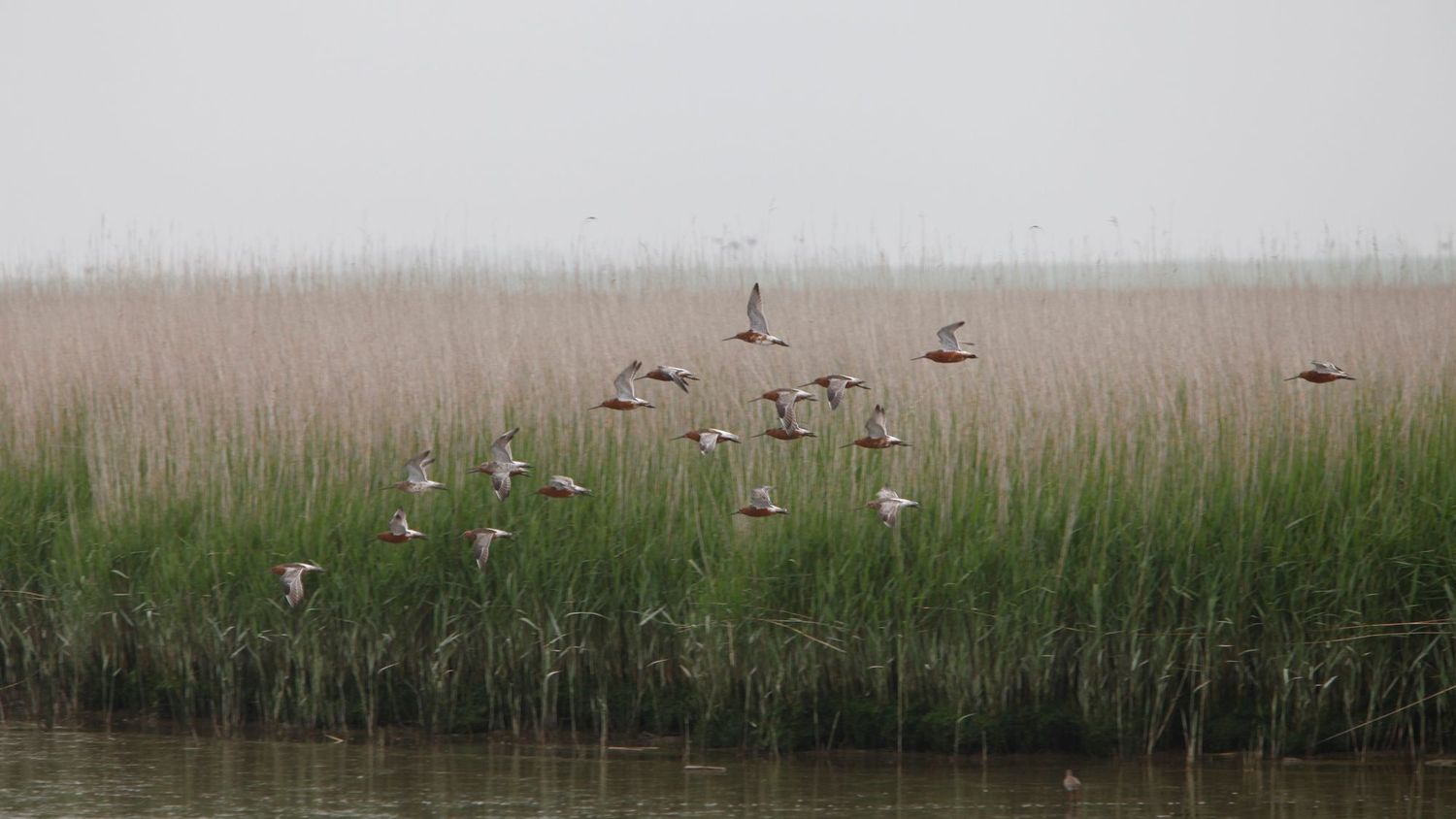There is a need to accelerate global restoration efforts. However, restoring wetlands at scale requires huge resources, and mobilising the required finance is a challenge. The question is, thus, how to attract investment in sustained wetland restoration?
The private sector is well-positioned to play a key role in this effort. Especially in recent years, there has been a recognition among the international community of the potential role of the sector in nature conservation efforts.
Against this backdrop, a dedicated panel discussion at the recent WaterLANDS General Assembly in Leeds looked at private sector investment into nature restoration, corporate motivations to engage with such projects, and how these partnerships fit within businesses' climate and biodiversity agendas.
The discussion was anchored in a real-world example, speaking to two of the Great North Bog's corporate partners who have invested in peatland restoration - the international construction and civil engineering firm Sisk, and SpeedyHire, a provider of specialist tools and services to the construction industry, one of Sisk's suppliers. They were joined by the North England Regional Director at Natural England, who gave a policy perspective on how such private sector investments can be incentivised, and the Peatland Programme Manager at the North Pennines National Landscape, who gave the Great Northern Bog Action Site perspective.
Key Insights
The session provided some interesting key insights on what private investors are looking for when it comes to investing in nature restoration.
🌿 Oftentimes, the main objectives in nature restoration investments for companies such as Sisk is not related to company carbon offsetting goals or the purchase of “carbon credits” for reporting purposes, but rather to achieve a broader positive impact on nature. Knowing that they are investing in a trustworthy and legitimate restoration project can be of higher importance to investors than numbers (such as tonnes of carbon stored based on the investment).
🌿 As a restoration project, knowing your offer is key. This includes being clear on: What's your product? What problem will it help companies solve? Sisk started investing in the Great Northern Bog after visiting the bog and seeing the ongoing restoration first-hand, rather than based on the promise of a certain amount of carbon credits or offsets. The Great North Bog’s offer was simple: 1) Visit the bog to see our restoration work, and 2) help us plant Sphagnum moss to facilitate rewetting and rehabilitation. The offer was clear, easy and aligned with Sisk’s goals.
🌿 Return on Investment is hard to measure and can take different forms. Sisk, for instance, measures its return on investment from nature restoration projects based on the “success rate of won tenders”. Being able to showcase real environmental impact has led to higher success rates in winning tenders for Sisk, due to the shifting expectations of customers, with more and more clients requesting “green credentials”. Although an accountant would say that their nature restoration investments offer no return on investment, it does help the company win bids.
🌿 The need to move away from the sole focus on carbon to a broader ecosystem approach was highlighted. It was mentioned that “you get a better connection with people over nature than you get over carbon.” SpeedyHire, for instance, has a “nature positive” commitment as part of its company strategy, which goes beyond carbon removal. As a Public Limited Company (PLC), listed on the London Stock Exchange, it is under pressure to fulfil sustainability expectations from investors. Furthermore, all the company’s major customers have nature commitments. To fulfil expectations, the company provides a “nature footprint” for all products it provides.
🌿 Natural England has set up a concept called the “Nature Recovery Network” - a national network for wildlife-rich places to increase and restore nature, laid out as a commitment in the government’s Environmental Improvement Plan. Defra and Natural England are bringing together partners, policies and funding to strengthen and grow a national Nature Recovery Network in England. As part of this initiative, Natural England has partnered with Nature North to scale up the finance capacity. They have developed seven investible propositions (one of them is the Great North Bog).
🌿 Aligning supply and demand sides when it comes to nature restoration projects remains a challenge. The big unanswered question is how to fund projects before they hit scale. To achieve a better alignment between supply and demand sides and get a better understanding of what investors are looking for, the need to create more “spaces to network with investors” was highlighted as important.
Learn More
In the WaterLANDS project, Work Package 4 focuses on “mobilising finance”, specifically including the development and testing of mechanisms for sustainable finance in large-scale restoration of wetlands and their associated services. Download the deliverables here!
